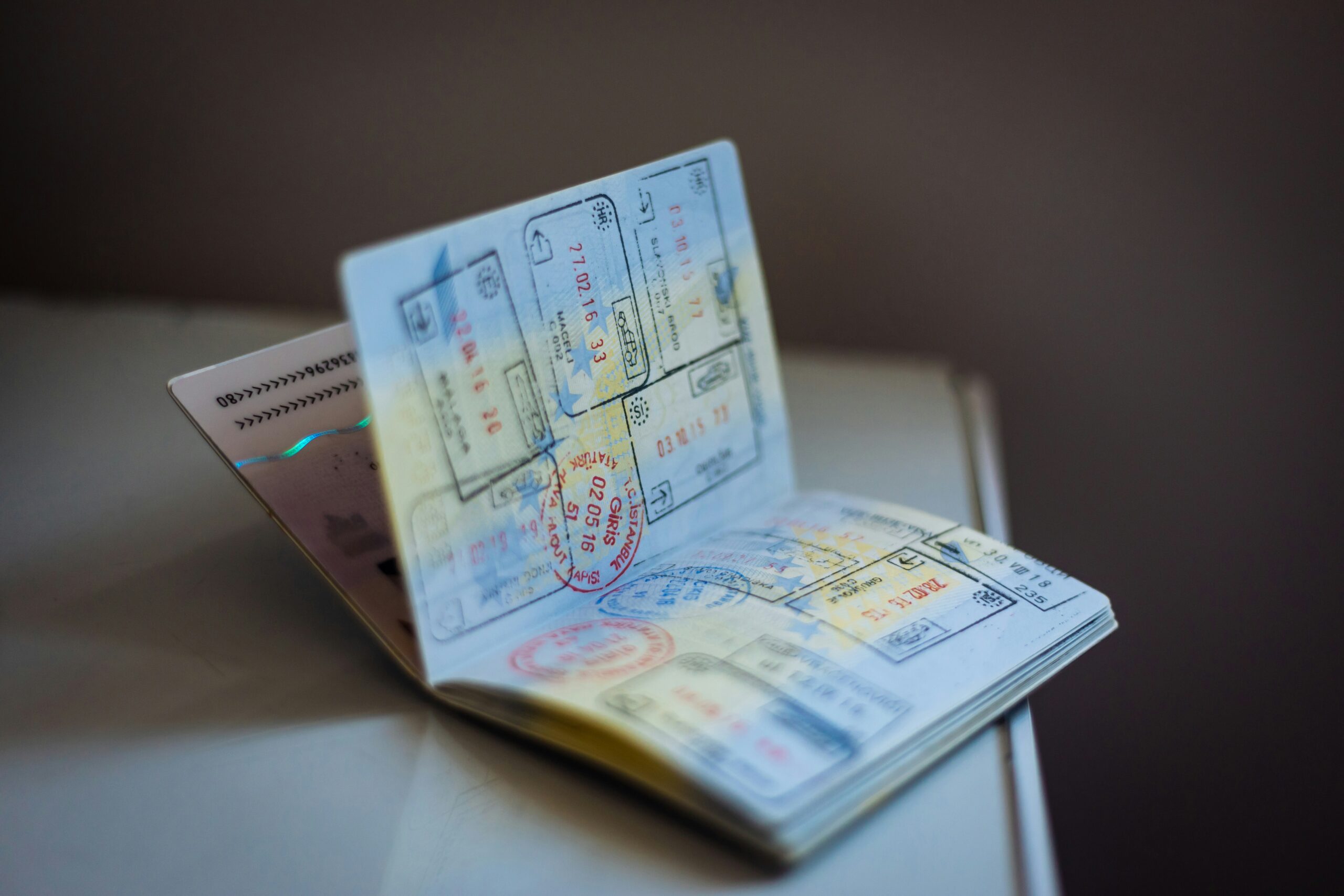Travelers who enjoy the charm of manual passport stamps may soon be disappointed.
According to a new policy, world travelers should expect significant changes regarding European passport stamps, which will soon be phased out and replaced by a new system. This change may diminish the appeal for some travelers who cherish their passport books and consider their stamps treasured souvenirs. Those planning trips abroad should stay informed, as they might prefer to visit Europe for the traditional passport stamp before it’s too late.
Why Is The European Passport Stamp Being Phased Out?

On August 15, 2024, the European Union’s Commissioner for Home Affairs, Ylva Johansson, announced a major change that will impact how people travel and remember their trips. The European Commission’s Department for Migration and Home Affairs officially introduced the Entry/Exit System (EES), which was initially set to launch in 2022, but faced delays. This system is seen as a necessary upgrade to the manual stamping of passports.
According to the statement, the European passport stamp will be replaced with an automated system designed to speed up border crossings. Stamping passports will soon be history, with the new system offering more reliable border-crossing data to detect overstayers. As of the latest update, the most recently scheduled EES launch date is October 12, 2025, enhancing border control checks and improving security. The system is supposed to be fully rolled out across the 29 countries it’ll be in by April 10, 2026. However, predictions suggest that there may be challenges in implementing the system.
How It Works And What To Expect
While passport stamps will still be required until the EES is fully operational, the transition has been presented as seamless. Non-EU visitors will register digitally, and the system will handle the rest. Once the EES is launched, a traveler’s biometrics and passport information will be cross-referenced and stored. From that point forward, travelers will only need to verify their biometric data.
When crossing an EU external border, the system will register the traveler’s name, travel document type, and biometric data (including fingerprints and facial images). The date and location of their entry and exit will also be documented digitally. Upon entry, visitors will have their fingerprints and facial images scanned to verify their identity for EU border control.
More information is expected to help ease the transition, but travelers may be pleased to know that long lines at European borders could become a thing of the past. Although some may mourn the loss of manual passport stamps and their sentimental value, the new system will likely benefit millions of travelers.
The 29 countries implementing the new system include 25 that are part of the EU and four that are not.
- Austria
- Belgium
- Bulgaria
- Croatia
- Czechia
- Denmark
- Estonia
- Finland
- France
- Germany
- Greece
- Hungary
- Iceland
- Italy
- Latvia
- Liechtenstein
- Lithuania
- Luxembourg
- Malta
- Netherlands
- Norway
- Poland
- Portugal
- Romania
- Slovakia
- Slovenia
- Spain
- Sweden
- Switzerland
Travel Tip: If a traveler is from a country that does not issue biometric passports, crossing the border may be more complicated. They will also be unable to use self-service passport control kiosks, which are designed to expedite the process.





